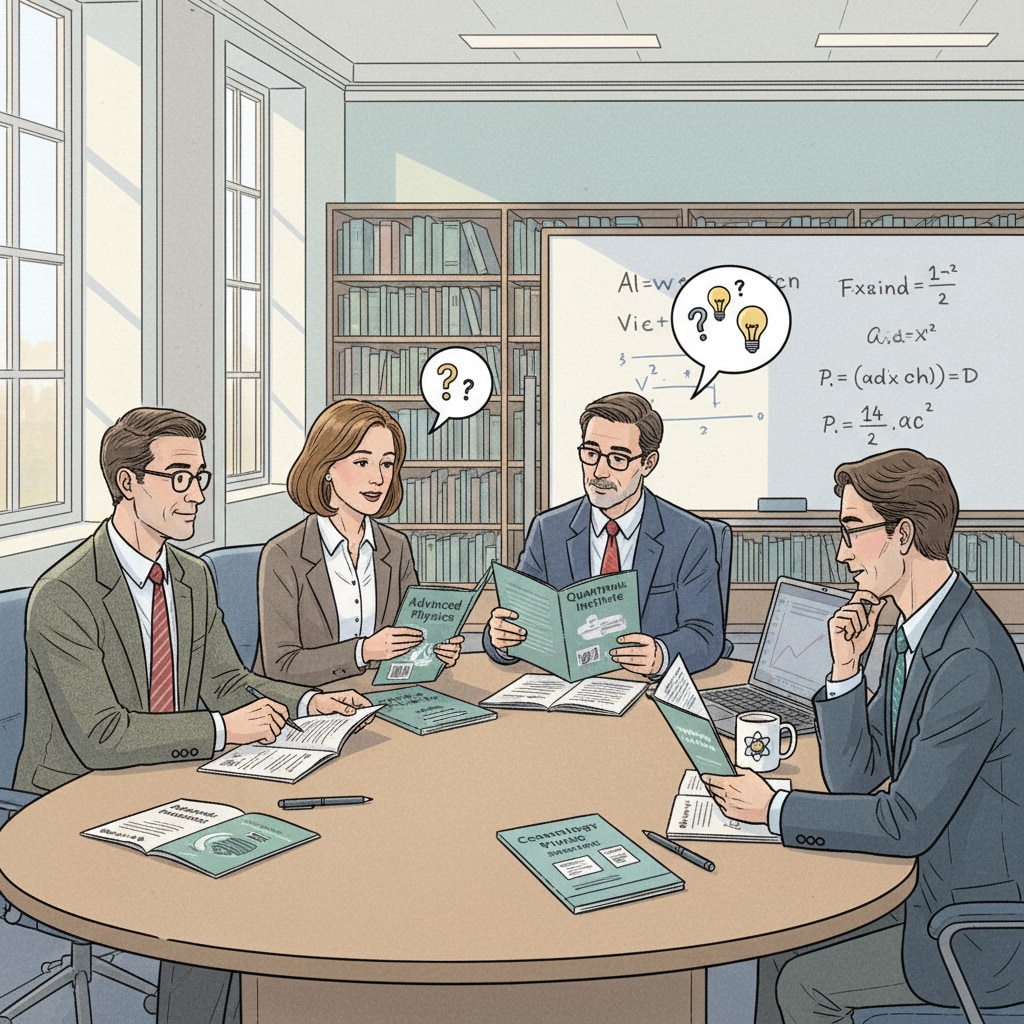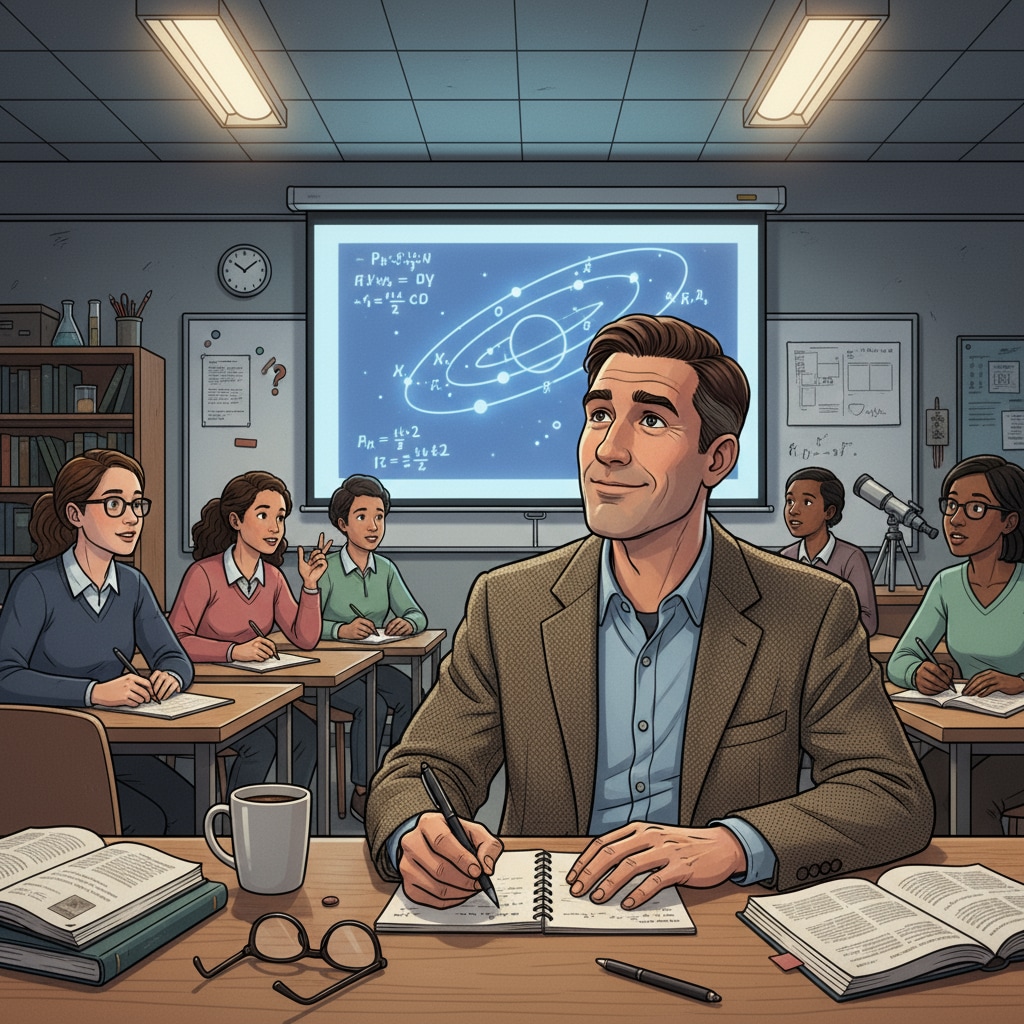In the dynamic field of education, in-service physics teachers often aspire to enhance their academic knowledge through postgraduate studies. The options of night schools and virtual courses have emerged as viable paths for these teachers to balance work commitments while pursuing higher education. This article will delve into these two avenues, offering a detailed analysis of their pros and cons, and how they can be integrated with school tuition compensation policies for a well-planned professional development journey.

The Appeal of Night School for Physics Teachers
Night schools have long been a popular choice for working professionals. For physics teachers, they provide a structured learning environment. Firstly, attending night classes allows teachers to interact directly with professors and fellow students. This face-to-face interaction can be invaluable for discussing complex physics concepts. For example, in a thermodynamics class, students can engage in in-depth discussions about heat transfer mechanisms. Secondly, night schools often have well-equipped laboratories, enabling hands-on experiments that are crucial for physics research. According to Britannica’s education resources, this practical aspect of learning enhances understanding and application of theoretical knowledge. However, one major drawback is the time commitment. Night classes usually require teachers to attend regularly, which can be challenging when dealing with a busy teaching schedule during the day.

The Rise of Virtual Courses in Postgraduate Education
Virtual courses have revolutionized postgraduate education in recent years. They offer unparalleled flexibility. Physics teachers can access course materials and lectures at any time and from anywhere. This means that even if a teacher has to travel for a physics conference or is dealing with unexpected school events, they won’t miss out on their studies. Additionally, virtual courses often provide a wide range of resources, such as recorded lectures, online discussion forums, and digital libraries. As per Wikipedia’s information on online learning, these resources facilitate self-paced learning. Nevertheless, virtual courses lack the in-person interaction. Building relationships with professors and classmates can be more difficult, and practical experiments may be limited in virtual settings.
When considering either option, physics teachers should also look into their school’s tuition compensation policies. Some schools offer partial or full tuition reimbursement for teachers pursuing postgraduate degrees relevant to their teaching subjects. This can significantly reduce the financial burden associated with further education. By carefully weighing the benefits and drawbacks of night schools and virtual courses, and taking advantage of tuition compensation policies, in-service physics teachers can make informed decisions about their postgraduate education journey, ultimately enhancing their professional capabilities and contributing more effectively to the field of physics education. Readability guidance: As seen above, we use short paragraphs to present clear ideas. Each H2 section provides key points. The passive voice is minimized, and transition words like ‘firstly’,’secondly’, ‘however’, and ‘additionally’ are used to make the text flow smoothly.


